Church of Pont-Saint-Pierre
Pont-Saint-Pierre, FR
Church built in the 12th century, rebuilt in the 19th century, with the addition of the bell tower in 1846.
Here you can search for a building to visit. You can use the map find destinations, or you can use the filters to search for a building based upon what different criteria.
Pont-Saint-Pierre, FR
Church built in the 12th century, rebuilt in the 19th century, with the addition of the bell tower in 1846.
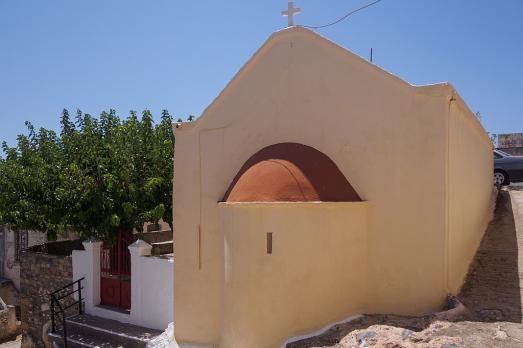
Anatoli, GR
.
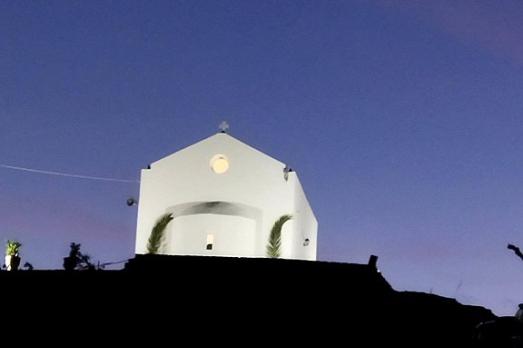
Arkalochori, GR
This church was inaugurated in September 2022 after its reconstruction following the 2021 Arkalochori earthquake which caused the building to partially collapse (the roof and part of the walls).
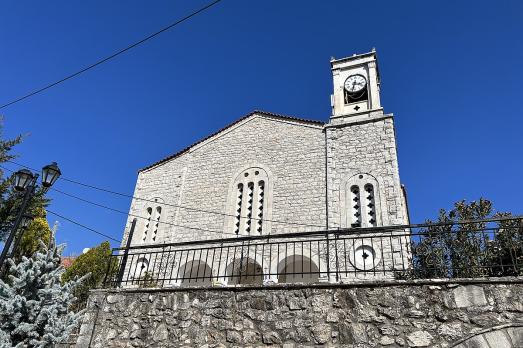
Elliniko, GR
.
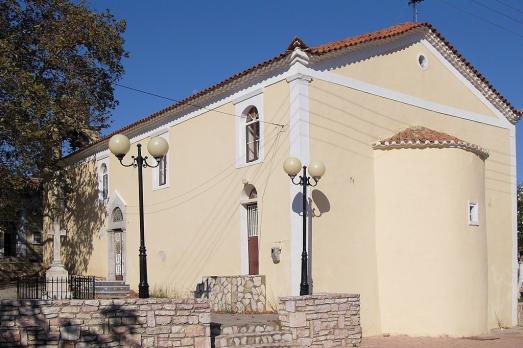
Kaplani, GR
.

Voukolies, GR
.
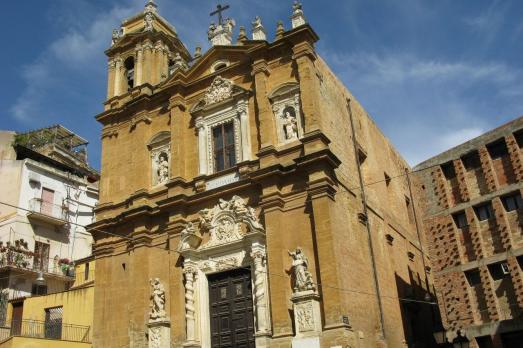
Agrigento, IT
The Church of San Lorenzo or Church of Purgatory was built in the seventeenth century on a former place of worship. Around 1858, the old high altar, probably made entirely of wood, was replaced by a new one with baroque lines of coloured marble. In 1904, the beautiful church tower, which was in danger of falling down, was consolidated by shoring up the foundations.

Vila do Porto, PT
The convent was established on February 3, 1594, by Father Manuel Curvelo de Resende who, together with his brothers and brothers-in-law - João Tomé Velho and his wife, Camila de Resende, Nuno Curvelo and Catarina Fernandes, Maria de Sousa, widow of Filipe Jácome, and Cristóvão Vaz Faleiro - decided to establish a convent of the Order of Poor Clares in the town, with Saint Mary Magdalene as its patron saint. It was intended to intern the daughters of the founders, nieces of Father Resende.

Vila do Porto, PT
The text of the hermitage's factory dowry deed, dated January 9, 1686, signed by Ensign André Fernandes de Almada and his wife, Leonor de Andrade, states that the original hermitage, under the invocation of the saint, had no "patron saint nor factory", was "lacking ornaments" and threatening ruin. They thus perpetually endowed it with fifteen bushels of land in Malbusca, which yielded fifteen bushels of wheat each year, with the condition that they were "endorsed administrators" of the said hermitage, a benefit extending to their descendants.
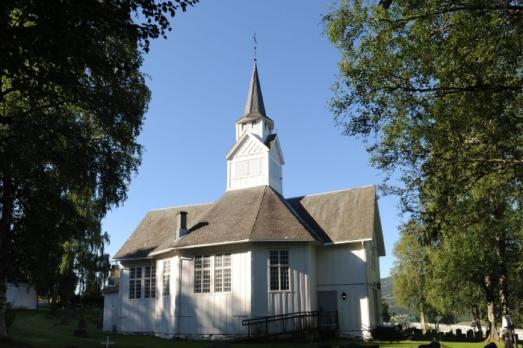
Rogne, NO
The church of Rogne is an octagonal wooden church dating from 1857. The interior is relatively well preserved, but it was somewhat modified in 1907 and by restoration in 1957. The altarpiece dates from 1791 and comes from an old church on the site.

new
The Chassidic Route is a cultural and historical trail tracing the rich legacy of Jewish communities in southeastern Poland and western Ukraine. This region was central to the rise of Chassidism in the 18th century. Here, we highlight 10 remarkable synagogues you’ll discover along this route.

he cradle of the Industrial Revolution in Germany, Chemnitz, is well-known for its industrial heritage landscape, but the city is also home to remarkable examples of religious architecture from different historical periods. Join us as we explore the key landmarks of this European Capital of Culture 2025.

The twin towns of Nova Gorica (Slovenia) and Gorizia (Italy), lying on the border between the two countries, have a rich religious heritage, steeped in centuries of tradition. If you are looking for ideas for your visit, take note of these 10 religious sites that you should not miss.